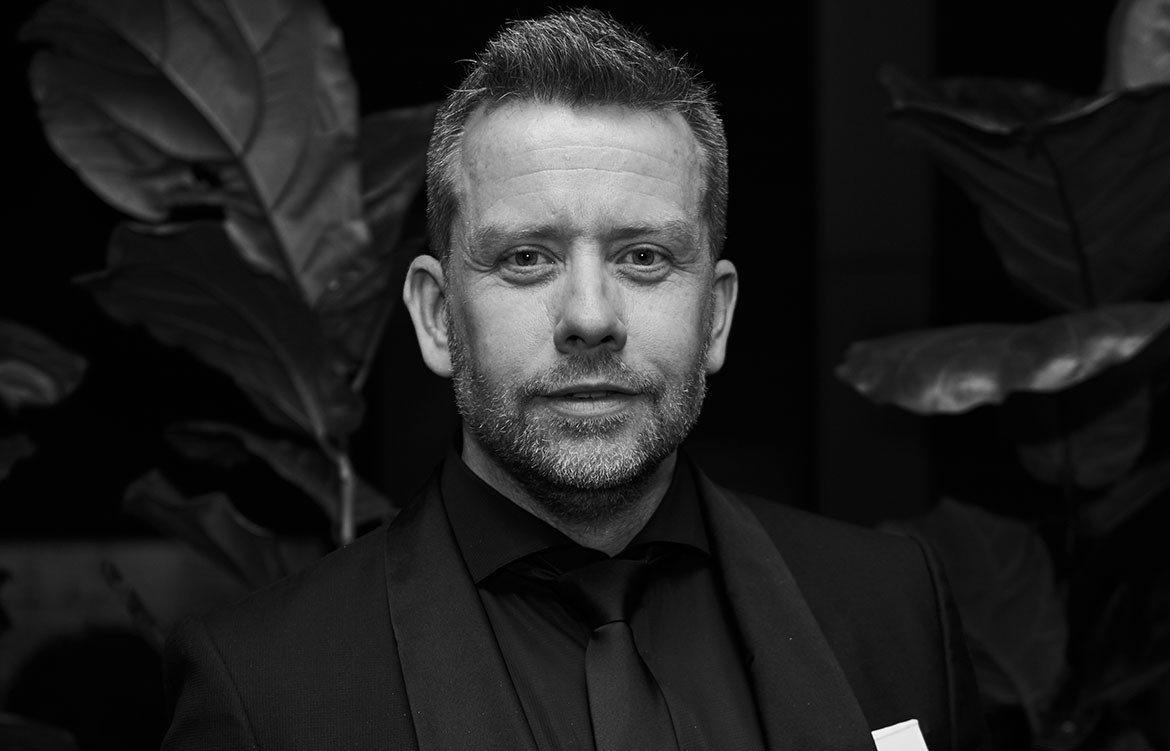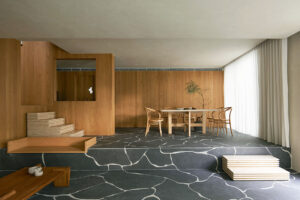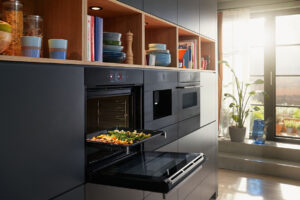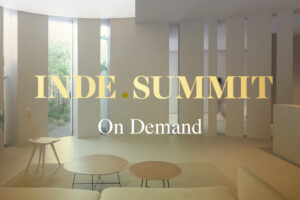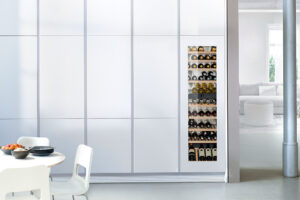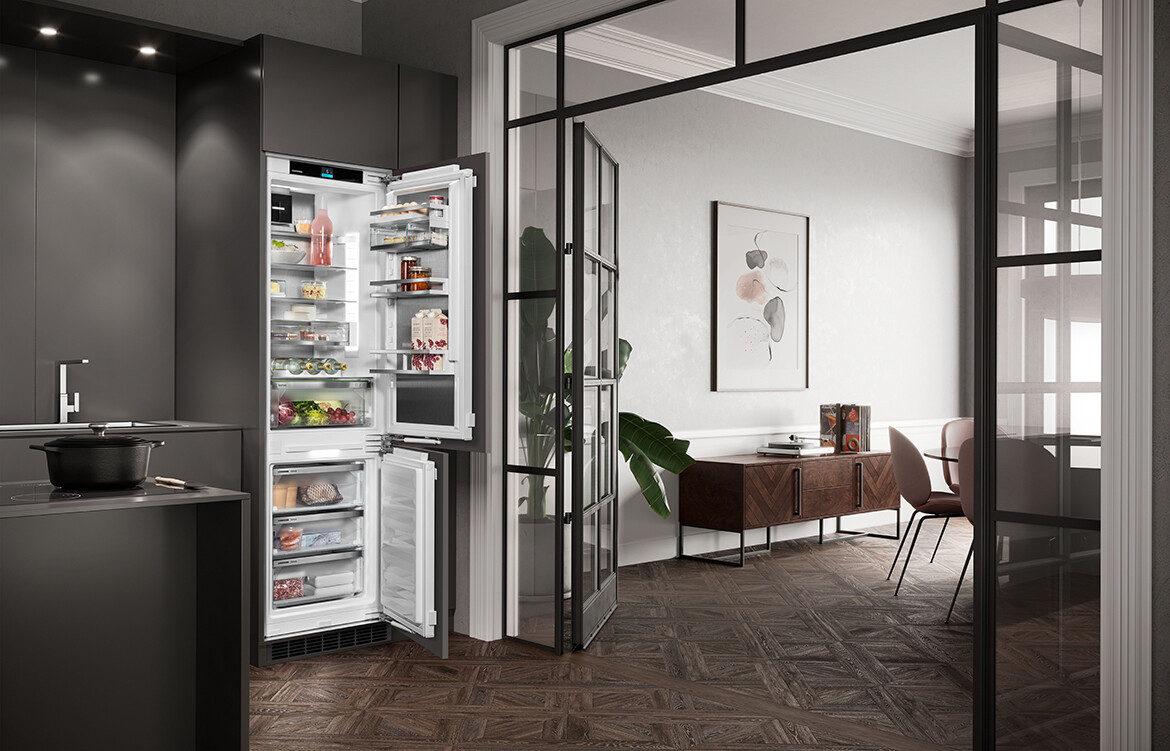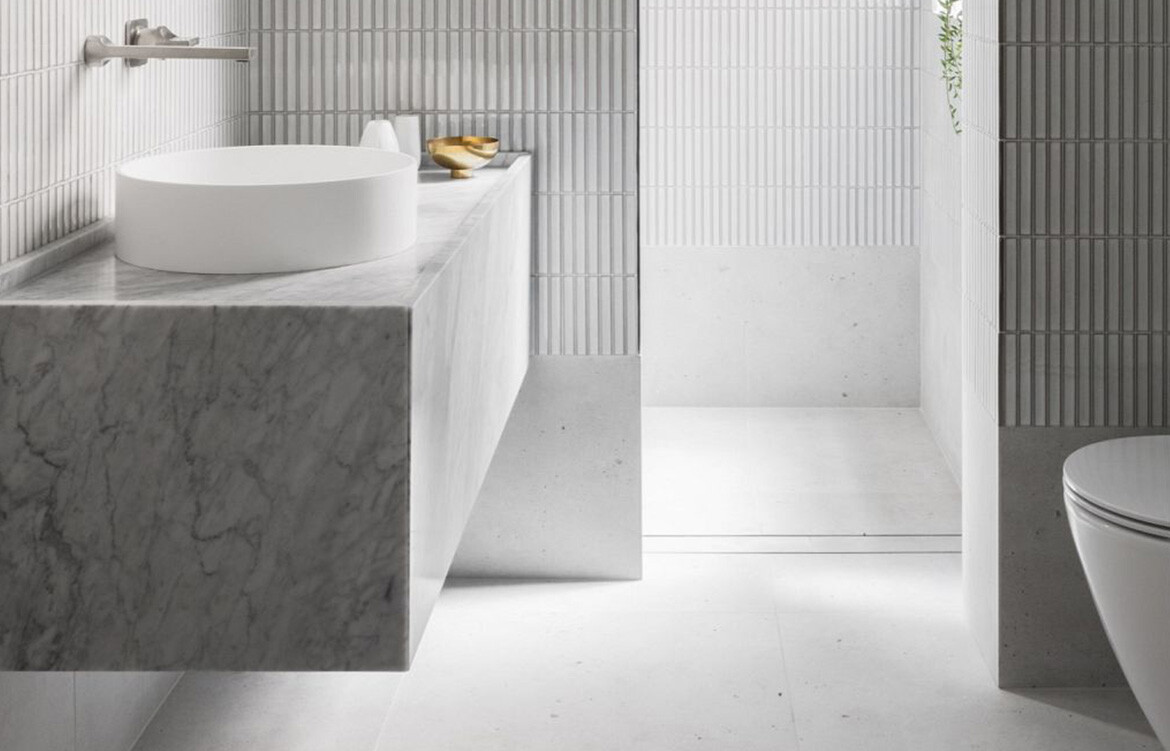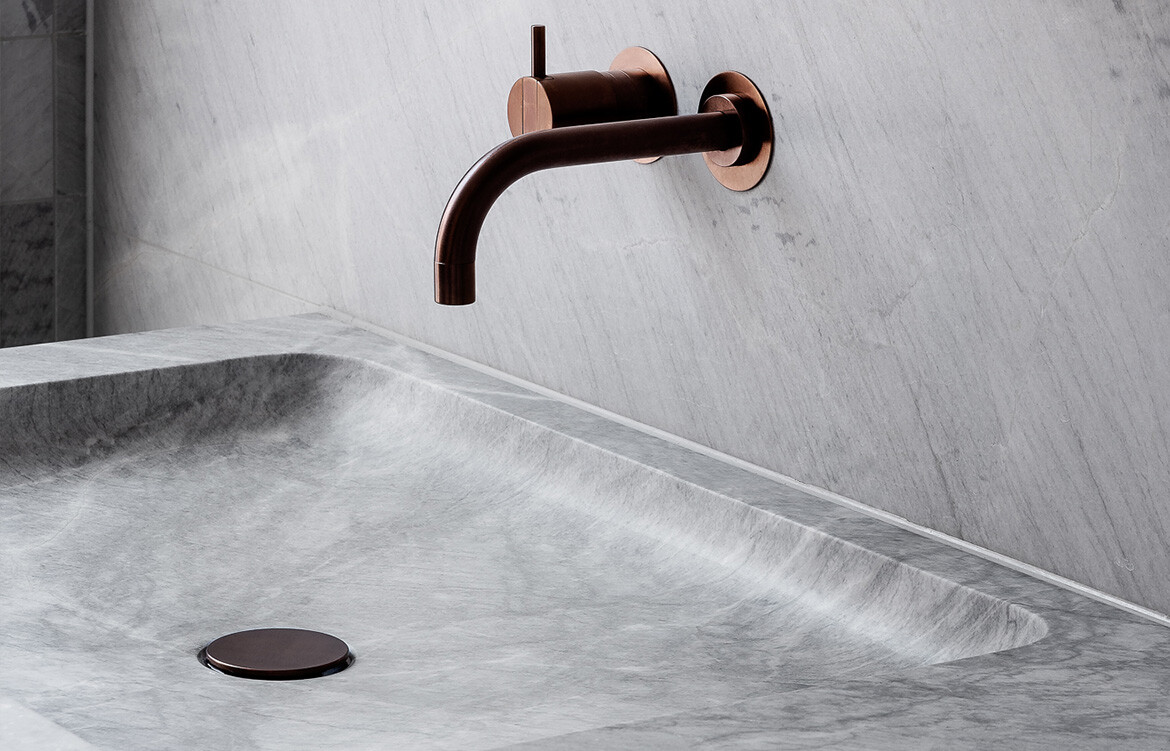Population growth in Asia Pacific is higher than in any other region in the world and is predicted to continue in the coming years. What do you perceive to be the biggest challenges (and opportunities) of this growth?
The biggest challenge, without doubt, is land capacity and its ability to cater to our increasing population. This creates a range of issues regarding development types and locations. In particular, we are now seeing greater density in living, leading to space becoming more condensed in general residential application and as a result, there is a greater focus on open plan living; which requires adaptable spaces.
How has Bosch addressed these challenges and opportunities?
From a product perspective, we have led the way in compact appliances for many years to cater to the needs of smaller kitchens. This includes 45cm dishwashers, 30cm electric and gas cooktops, 45cm high niche combination ovens – which have the added benefit of being able to perform multiple tasks within the one unit.
From an aesthetic perspective, we have home appliances designed to blend with a variety of modern interior spaces. Bosch offers a fleet design across various series of appliances appealing to budget-conscious consumers through to premium design-conscious consumers, who truly appreciate the traditional stainless steel or the new black aesthetic options. It is about giving the consumers choice, being able to cater to their individual needs and consumption habits.
Often, discussions of how population change affects housing focus on how needs have changed: in your opinion, have the kinds of things that people want out of housing also shifted?
Population change across the region has definitely led to a shift in the makeup of what the average household looks like. Both individual and shared living environments have transformed into more personalised spaces, designed to suit individual needs.
Previously, housing has been very community based throughout our region. However, with the density of high-rise and modern apartment living, people need a living space to entertain and socialise within their own residence. This has led to a desire for beautiful kitchens where people can congregate. It is no longer separate dining, kitchen and living areas, it is a singular zone that combines all of these into one.

In your experience are there any needs or trends that are unique to the Asia Pacific region?
The Asia Pacific region consists of many diverse cultures and long proud histories, which are reflected in many different ways, including business. The markets are dynamic and growing, with consumers in Asia Pacific often being early adopters of new technology. The Bosch consumer within APAC places high demands on quality, stability and reliability, qualities that are also represented in their kitchen furnishings.
From Bosch’s perspective, what are the defining characteristics of great multi-residential design?
Bosch is synonymous with design, performance, convenience and sustainability. From our perspective, the characteristics of great residential design should reflect these values; that it can meet the needs of today and provide a functional foundation to meet the needs of the future.
The ability to successfully incorporate principles of sustainability from materials and emissions to energy and water consumption considerations into award-winning designs means multi-residential developments that reduce the buildings maintenance costs.
What is the role of technology in multi-residential developments? How do you envision this evolving in future?
Currently, there is a trend towards home automation and the smart home. A home automation system can control lighting, climate or entertainment systems, home security or alarms, as well as home appliances – interconnecting multiple devices, services and apps. In Europe, Bosch has introduced the Home Connect app. Our new release of home appliances within Asia Pacific are all compatible with the Home Connect platform, and consumers will be able to take advantage of the functionality in the future, once the host servers are live.
Whilst there is currently a very functional approach to technology, idealistically, technology will enable us to individually connect with our consumers to provide unique service opportunities to enhance their lives.

Bosch is renowned across the world for its high degree of functionality, available at a fair and affordable price. Has this kind of thinking always underpinned the way Bosch approaches the design of its products?
In times of growing competition and cluttered markets, it is especially important to set ourselves clearly apart from our rivals and to give consumers a clear image of who we are as a brand.
“Invented for life” is more than our advertising claim; it is a heartfelt conviction that pervades our history, our culture, our business strategy and our products. For generations, Bosch has been developing innovations that serve people. Each Bosch business division follows this principle in its own way.
What factored into your decision to sponsor the Multi-Residential Building category of this year’s INDE.Awards?
We were very excited to be the inaugural Multi-Residential Building category partner at the INDE.Awards last year and to continue this relationship in 2019. For us as a brand, Bosch is synonymous with design, quality, performance, convenience and sustainability and we believe these characteristics are intrinsically linked to good multi-residential design.
Bosch
bosch-home.com.au
INDE.Awards
indeawards.com
We think you might also like Gaggenau, Continuing to Inspire And Innovate


